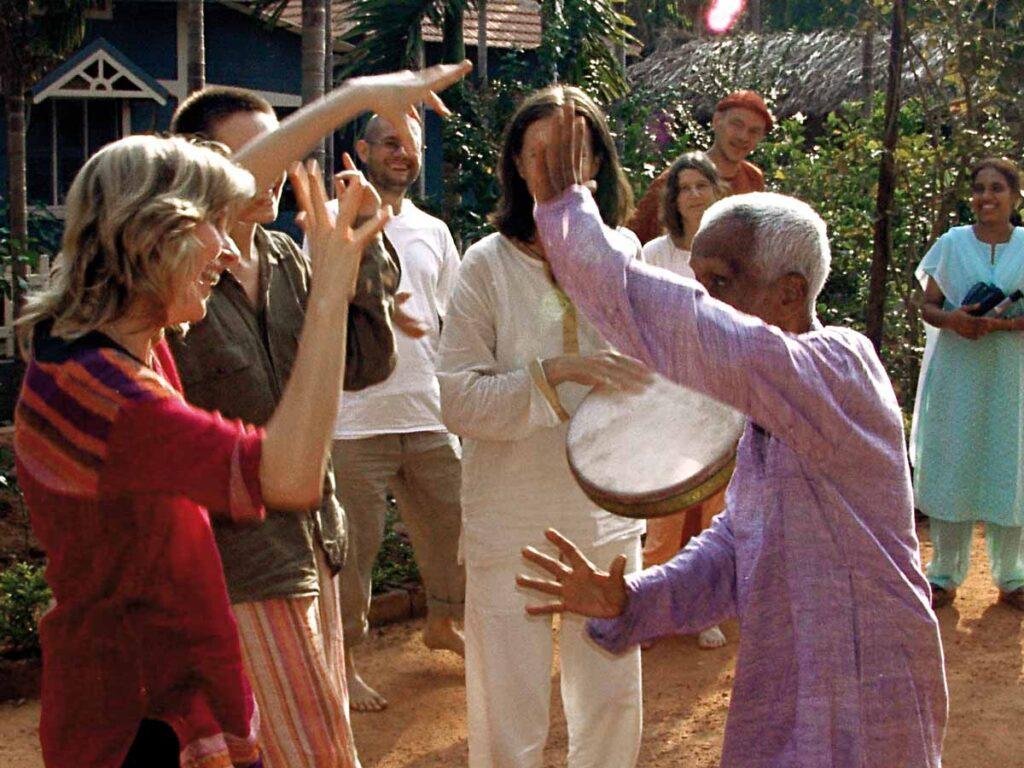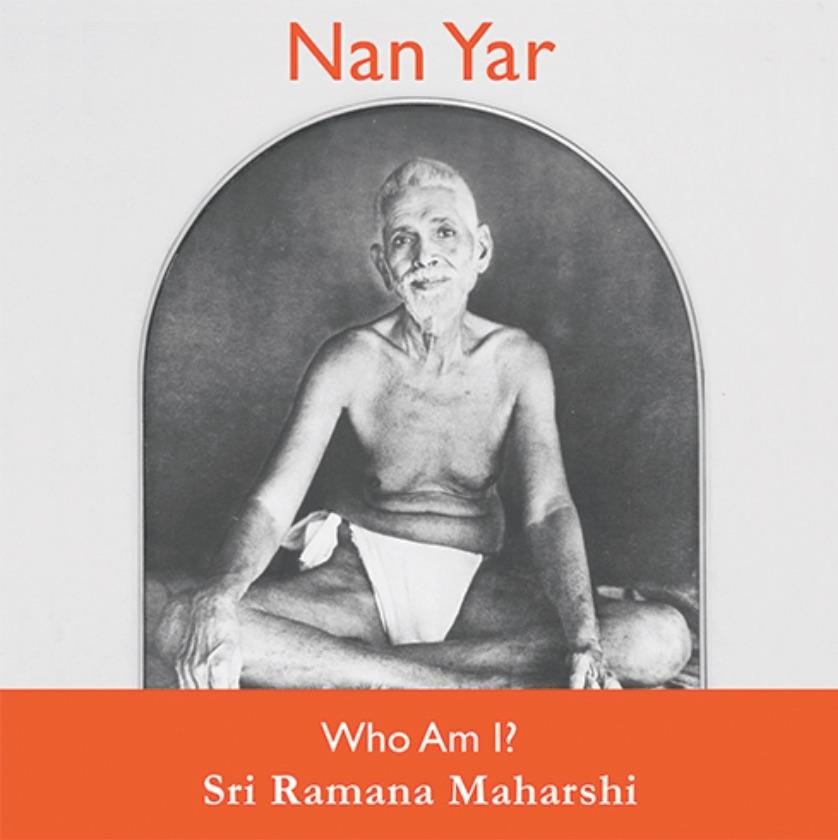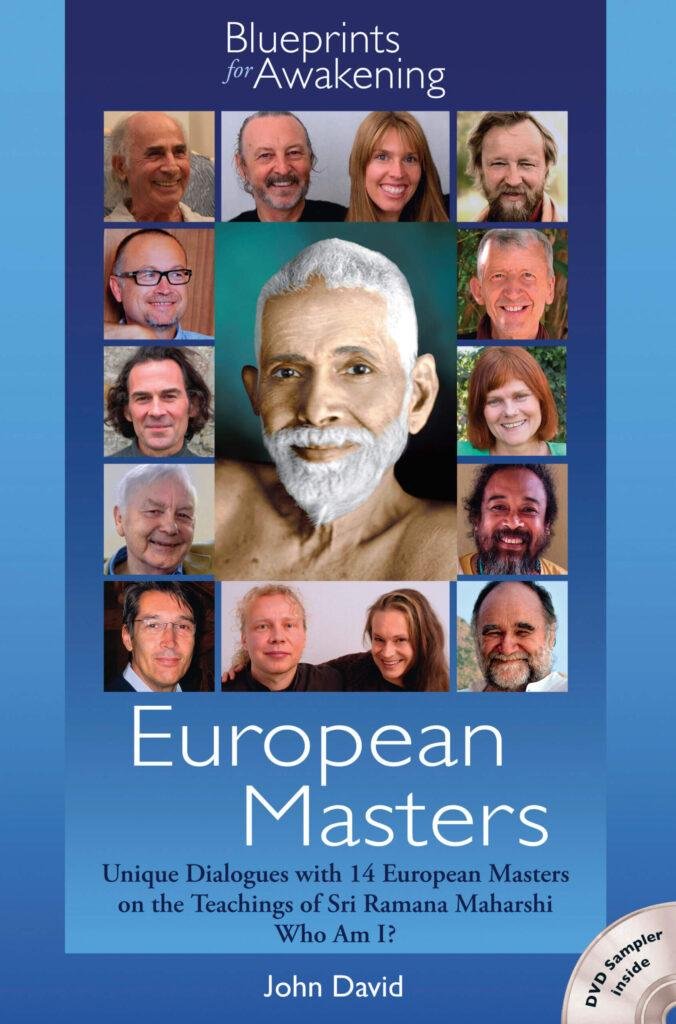Ajja
“When the individual, through contemplation of the question “Who am I?” becomes free, he evolves, he becomes self-luminous. That itself is Self. That itself is bliss. That itself is satya, ultimate reality. That itself is Life. That itself is Self-realization.”
– Ajja
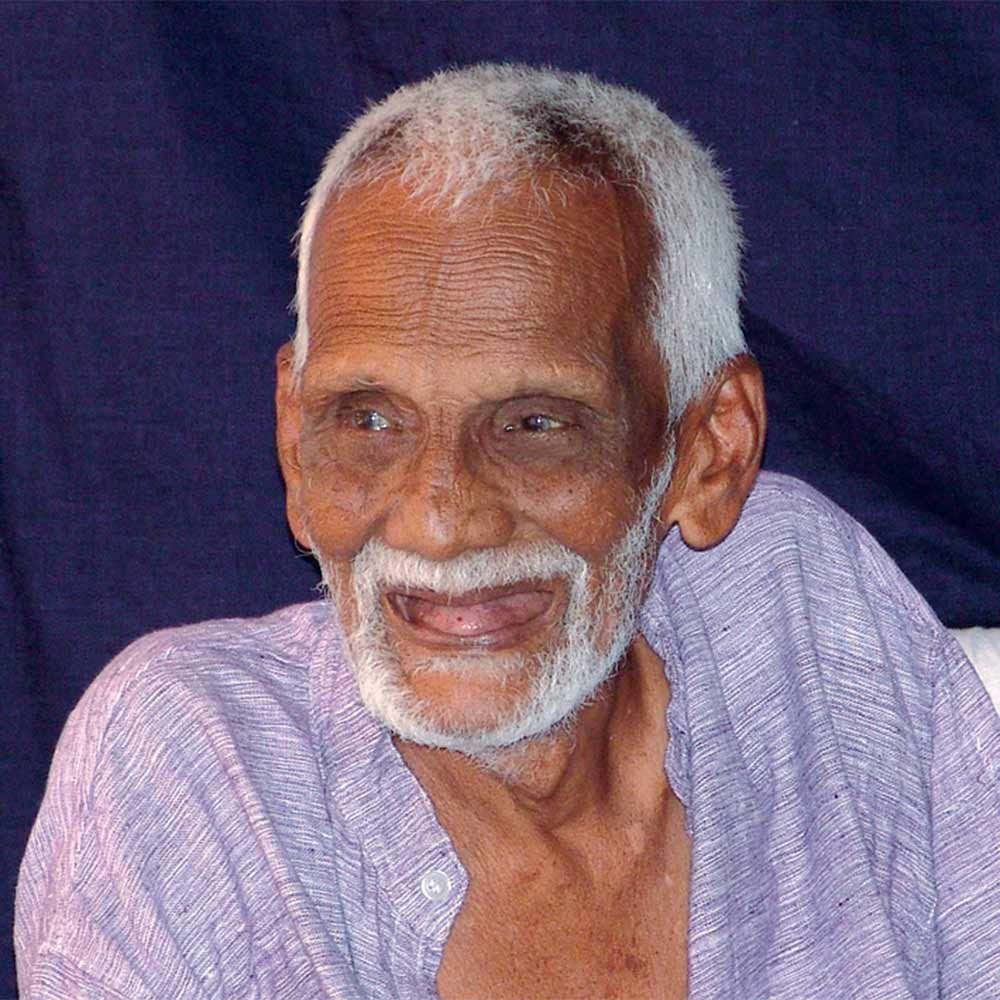
Full Interview with Ajja by John David
Visiting Ananda Kuteera over the last five years I was always struck with the loving atmosphere amongst the residents and the playful, non-serious nature of their beloved Ajja. Over a four-year period I had the good fortune of bringing many people to meet Ajja as part of the Arunachala Pilgrimage Retreat. He always gave us a wonderful welcome, full of his wisdom and laughter. We sang, danced and made music together. All were touched by his aliveness and presence and his simply stated wisdom.
– John David
Questions and Answers
Sri Ramana proposed the fundamental question, ‘Who am I?’* Who are you?
Many Western seekers come to India looking for enlightenment as if it is an experience. What is enlightenment?
Are there any qualifications for enlightenment? Is sadhana (spiritual practice) necessary? If yes, what form do you advise?
Sri Ramana said that Self-enquiry is the most direct route to realising the Self. What do you say about Self-enquiry? How to conduct Self-enquiry?
When Sri Ramana was asked, ‘When will the realisation of the Self be gained?’ he replied, ‘When the world which is what-is-seen has been removed, there will be realisation of the Self which is the seer.’* What is the true understanding of the world? How to remove the world?
It has been suggested that the mind must be destroyed for liberation to occur. Do you have a mind? Sri Ramana used the term manonasha to describe the state of liberation, meaning destroyed mind. How to destroy the mind?
What about vasanas, the tendencies of the mind? Must these be removed before Self-realisation can become permanent? Is it enough to achieve asattvic (calm and peaceful) state of mind and to know one’s vasanas so that they no longer bind? How to remove the vasanas?
At the end of his book, Self-Enquiry, Sri Ramana says, ‘He who is thus endowed with a mind that has become subtle, and who has the experience of the Self is called a jivanmukta.’ Is this the state that can be called Self- realised?
He goes on, ‘And when one is immersed in the ocean of bliss and has become one with it without any differentiated existence, one is called a videhamukta. It is the state of videhamukti that is referred to as the transcendent turiya (state). This is the final goal.’ Is this the state that can be called enlightenment?
It appears essential to meet a guru and stay with that guru. Who is the guru? What is the guru’s role? How to recognise a true guru?
Sri Ramana’s devotees had tremendous devotion to him, and he to Arunachala. Please say something about bhakti, devotion, in the pursuit of awakening.
Seekers often have curious ideas about the enlightened state. Please describe your typical day and how you perceive the world.
Ajja's teachings
Fundamental Nature of Self-Enquiry
Ajja emphasized the importance of self-enquiry, particularly the question “Who am I?” This inquiry is a central aspect of his teachings and is meant to lead to a deeper understanding of one’s true nature.
Transformation and Evolution
He speaks of two stages in spiritual awakening: transformation and evolution. The first involves realizing one’s nature beyond the physical body, recognizing oneself as the universal spirit or omkara. The second stage involves transcending even this realization, where individual identity completely dissolves into a state of pure awareness.
Inner and Outer Worlds
Ajja encourages a shift from external to internal focus. This inward journey is key to realizing the Self. He notes that while the external world and identities appear diverse, the spirit or Self is one.
Role of Guru
In Ajja’s view, the guru is not just an external teacher but an inner guiding presence. He stresses the importance of the guru in the spiritual journey, especially in helping remove ignorance and guiding the seeker towards self-realization.
Living a Spiritual Life
Ajja highlights the importance of action (karma) and devotion (bhakti) in spiritual practice. He suggests that selfless action and internal devotion are crucial for purification and progress on the spiritual path.
Understanding and Transcending the Mind
Ajja delves into the nature of the mind, its tendencies (vasanas), and the importance of transcending mind and ego to attain true enlightenment.
Universal and Inclusive Approach
His teachings underscore the unity and oneness of all spiritual paths, emphasizing that spirituality transcends geographical and cultural boundaries.
appears in
Blueprints for Awakening – Indian Masters
Indian Spiritual Masters
John David has been interviewing sixteen important Indian Spiritual Masters. The result is a compendium of astonishing wisdom about the biggest secret of all times: the Nature of our True Self and how to realise it.
This boock answers all questions of the spiritual search and is for everyone who has an inner passion to find out who they are.
Published in two volumes.
Ajja is part of Volume I.

Other Ramana Maharshi Books
Aham Sphurana – A Glimpse of Self Realisation [Volume 1]
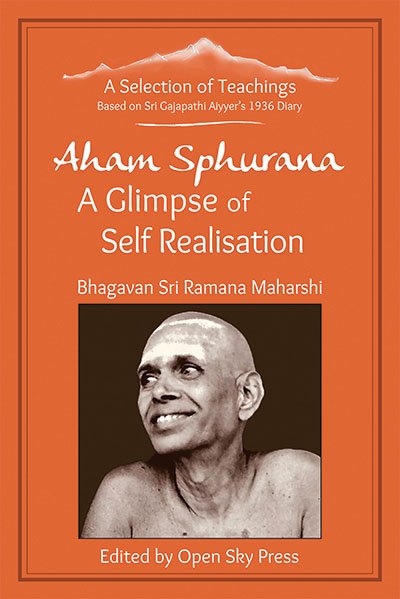
Fascinating dialogues and stories of Ramana Maharshi recorded by Sri Gajapathi Aiyyer in the summer 1936, at Ramana Ashram.
Vichara – Self Enquiry,
Who am I? [Volume 2]
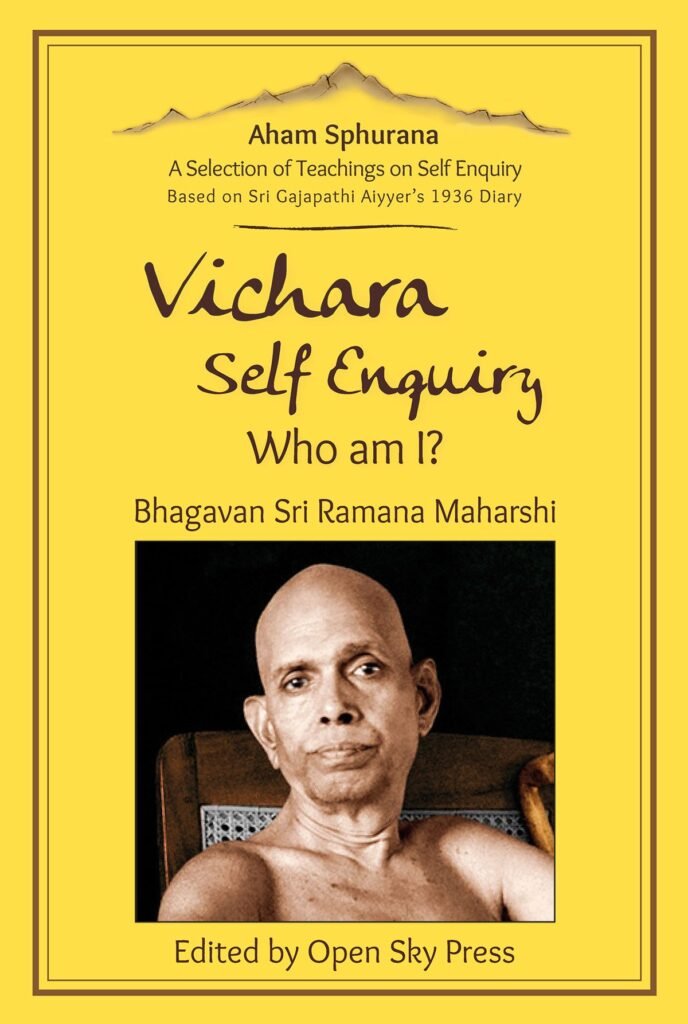
Vichara offers a fresh and focused exploration of Bhagavan Sri Ramana Maharshi’s most profound teaching: Self-enquiry.
Sharanagathi – Surrender,
Letting go. [Volume 3]
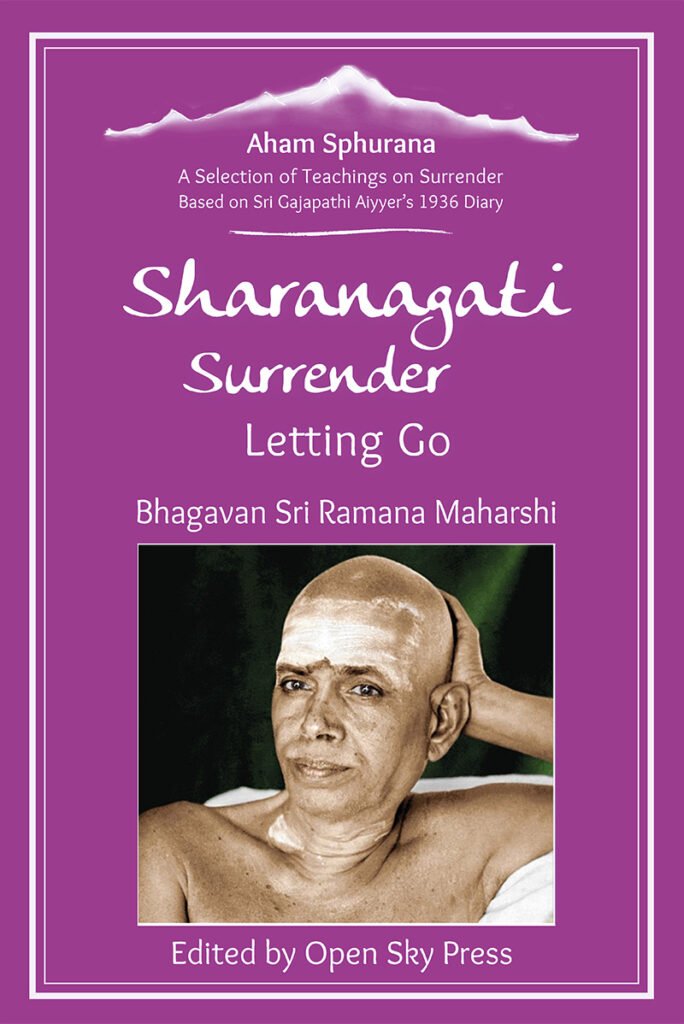
Sharanagathi explores Bhagavan’s direct and powerful path of dissolving the ego through surrender.
Biography
Ajja’s life story begins as a wealthy farmer in South India, living a conventional life until a sudden, severe stomach pain marked a turning point. This pain, lasting several weeks and resistant to medical treatment, mysteriously disappeared one day, sparking Ajja’s deep spiritual inquiry into the nature of suffering and existence.
This introspection led to a profound spiritual awakening, after which Ajja experienced intense bliss and a diminishing awareness of his physical body, often displaying unconventional behavior such as dancing in the rain, oblivious to his surroundings. This behavior concerned his family, leading to a brief admission to NIMHANS, a psychiatric institute in Bangalore, where he was found to have no mental abnormalities.
Following this, Ajja embarked on a journey across India, deepening his spiritual understanding. Eventually, he established an ashram in Puttur, near Mangalore. The ashram, a simple setup, reflected his philosophy of humility and selflessness. Ajja, even in his 90s, worked alongside his followers, emphasizing selfless service and ego transcendence. Details about his later life are sparse. However, it is known that in 2007, Ajja’s health deteriorated, leading to his bedridden state. Despite his illness, he continued to exhibit kindness and recognition towards his visitors. Ajja passed away shortly after this period.

Guru is the one who cannot be put into words. He is beyond any explanation. If he is a real guru he comes into your inner Self and then works on you. You can never find him, he finds you. You can find out if your subconscious mind is awakened. Then you can see the guru.
– Ajja
